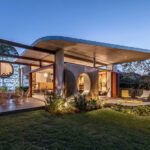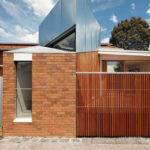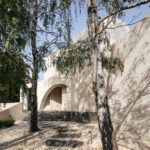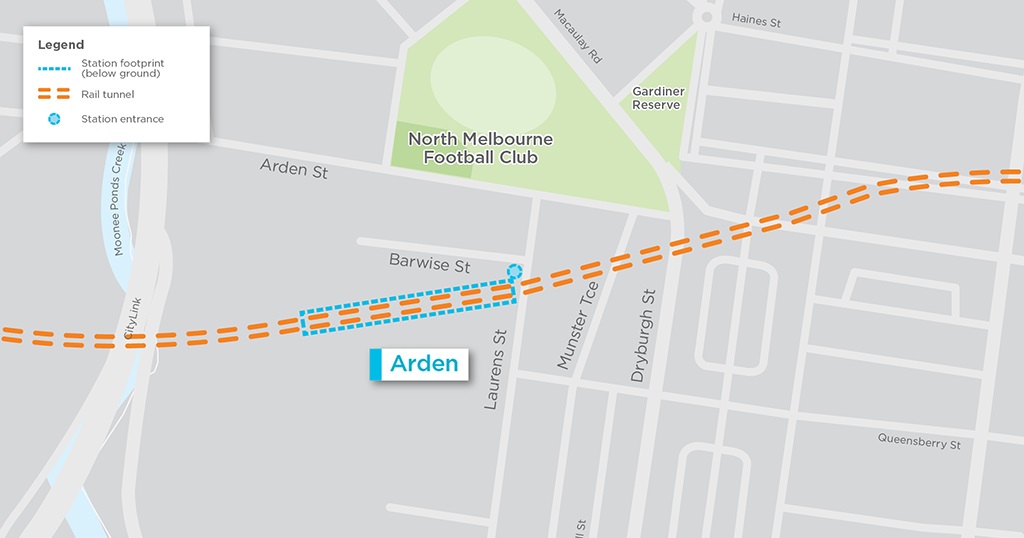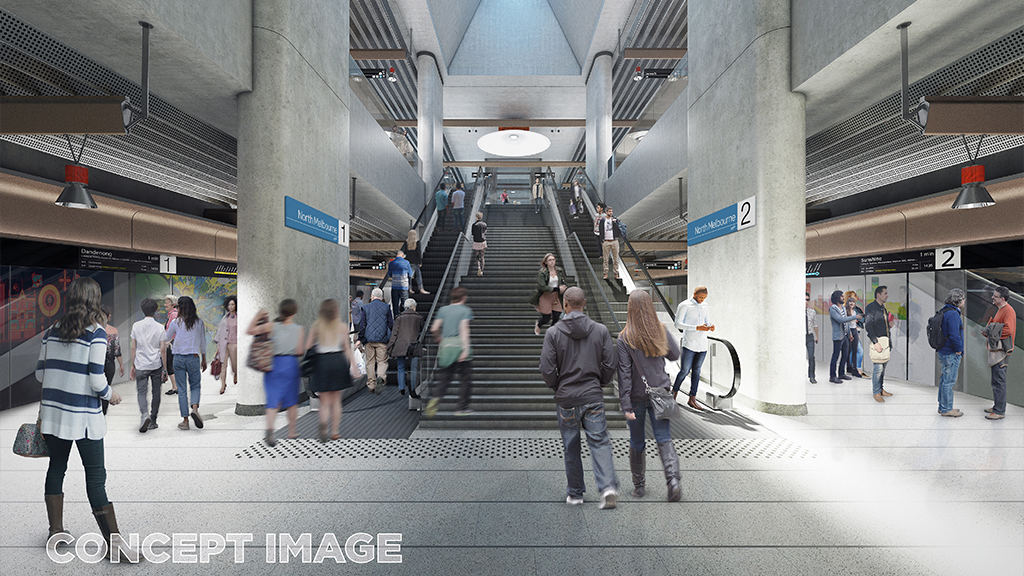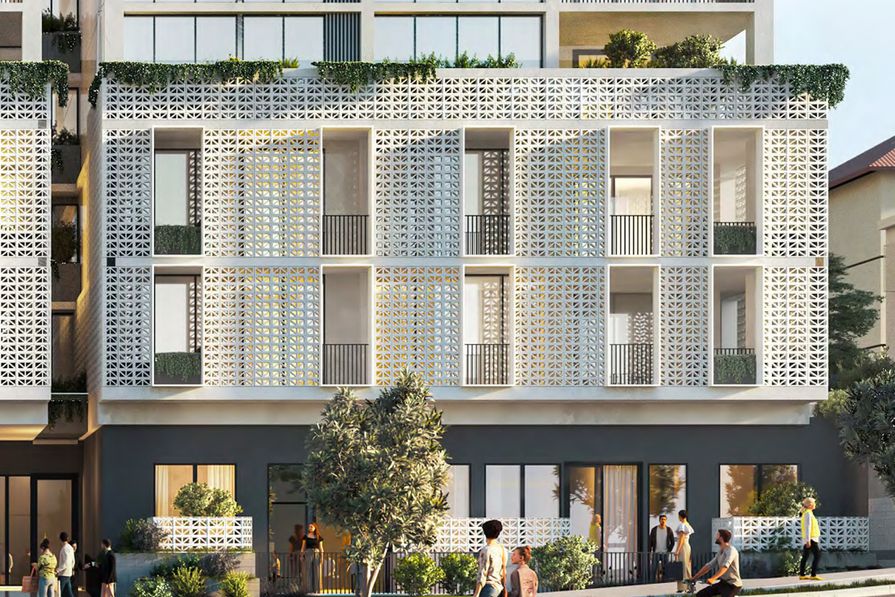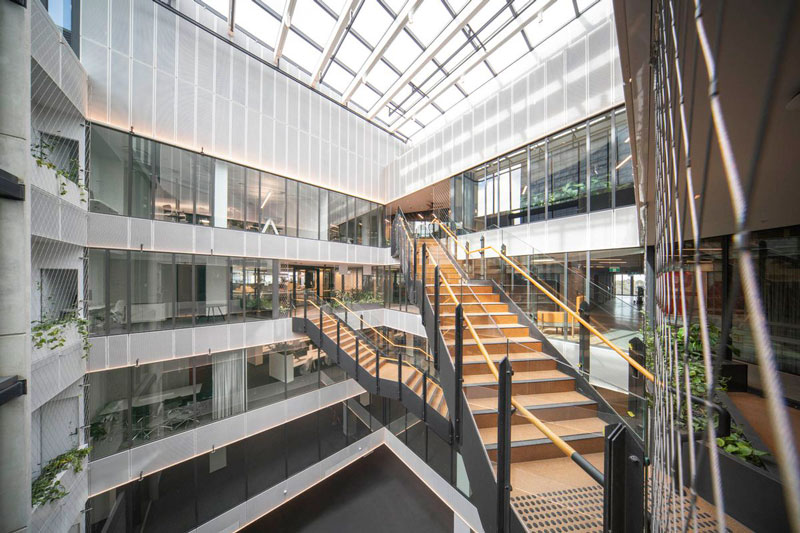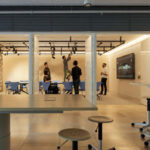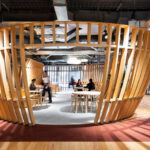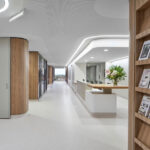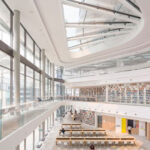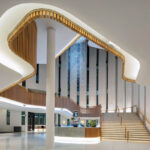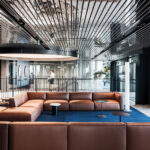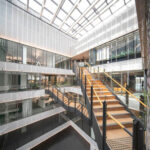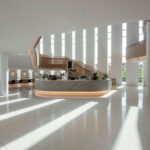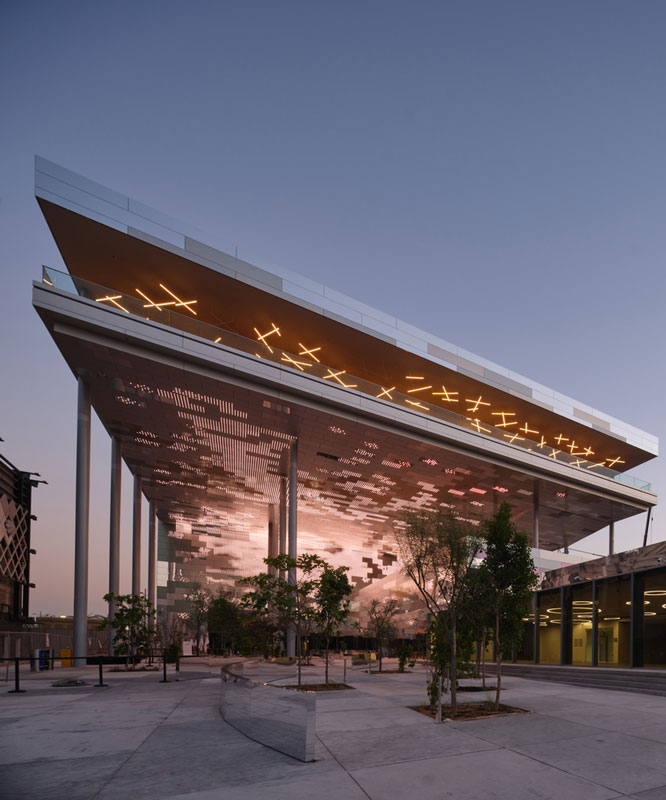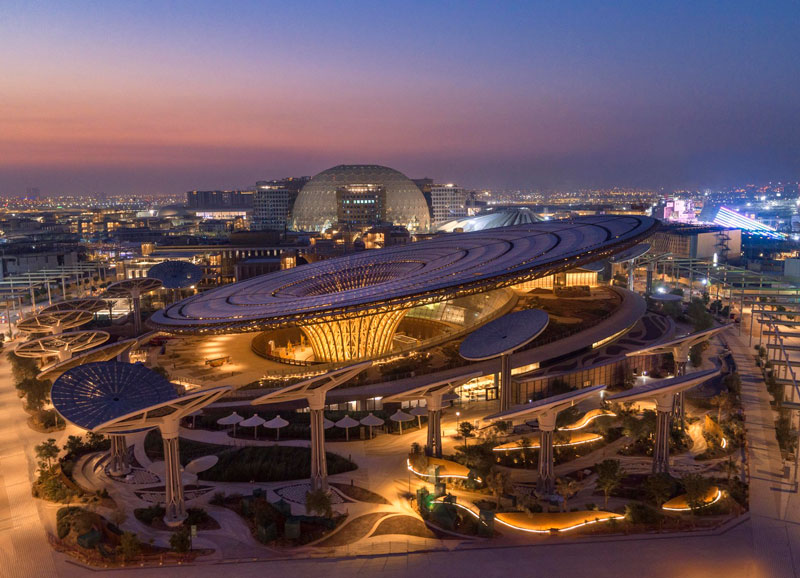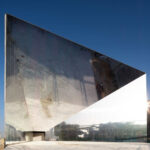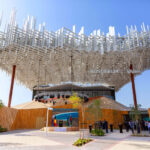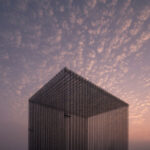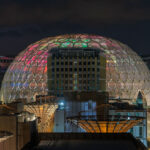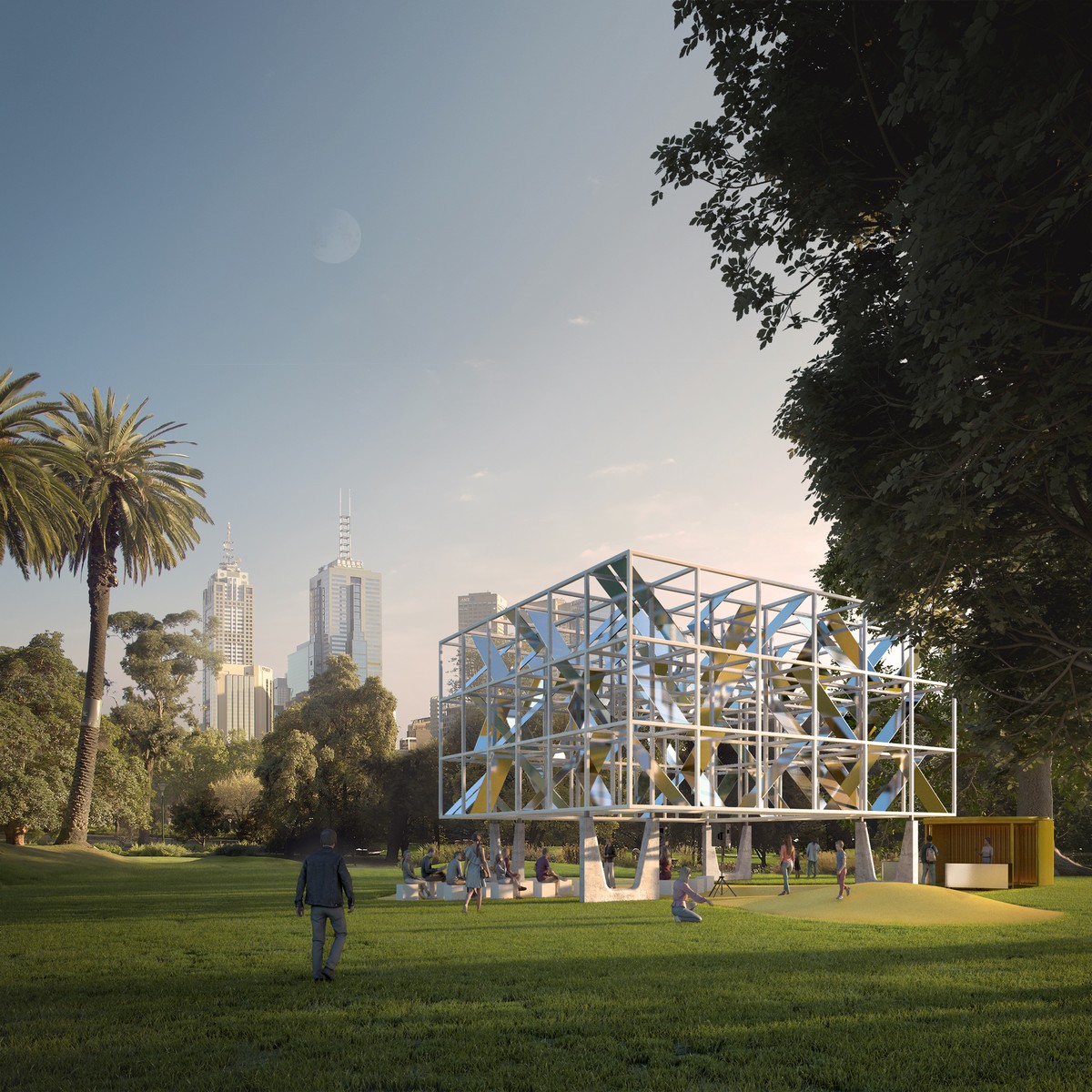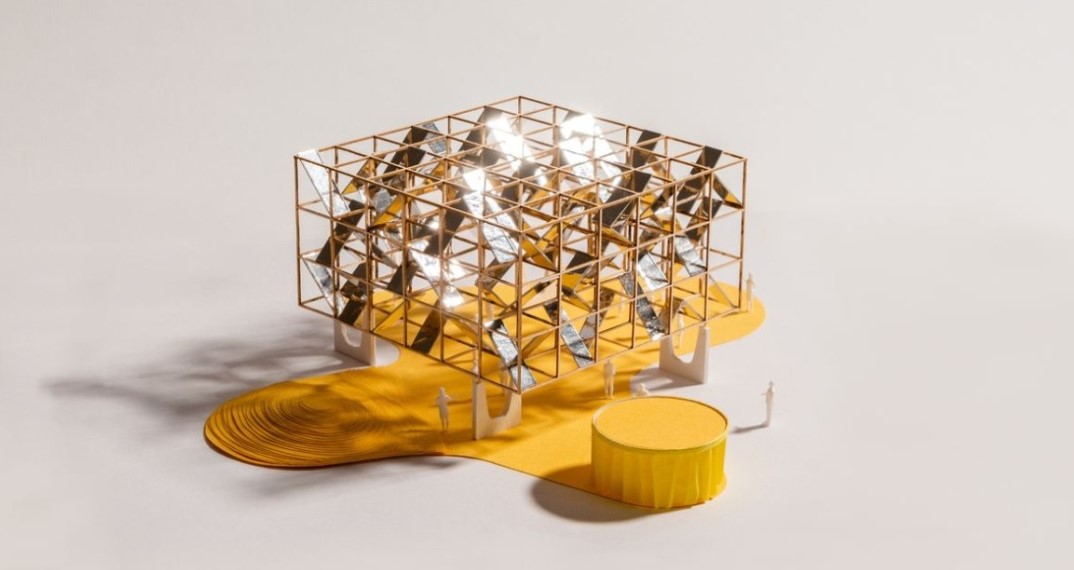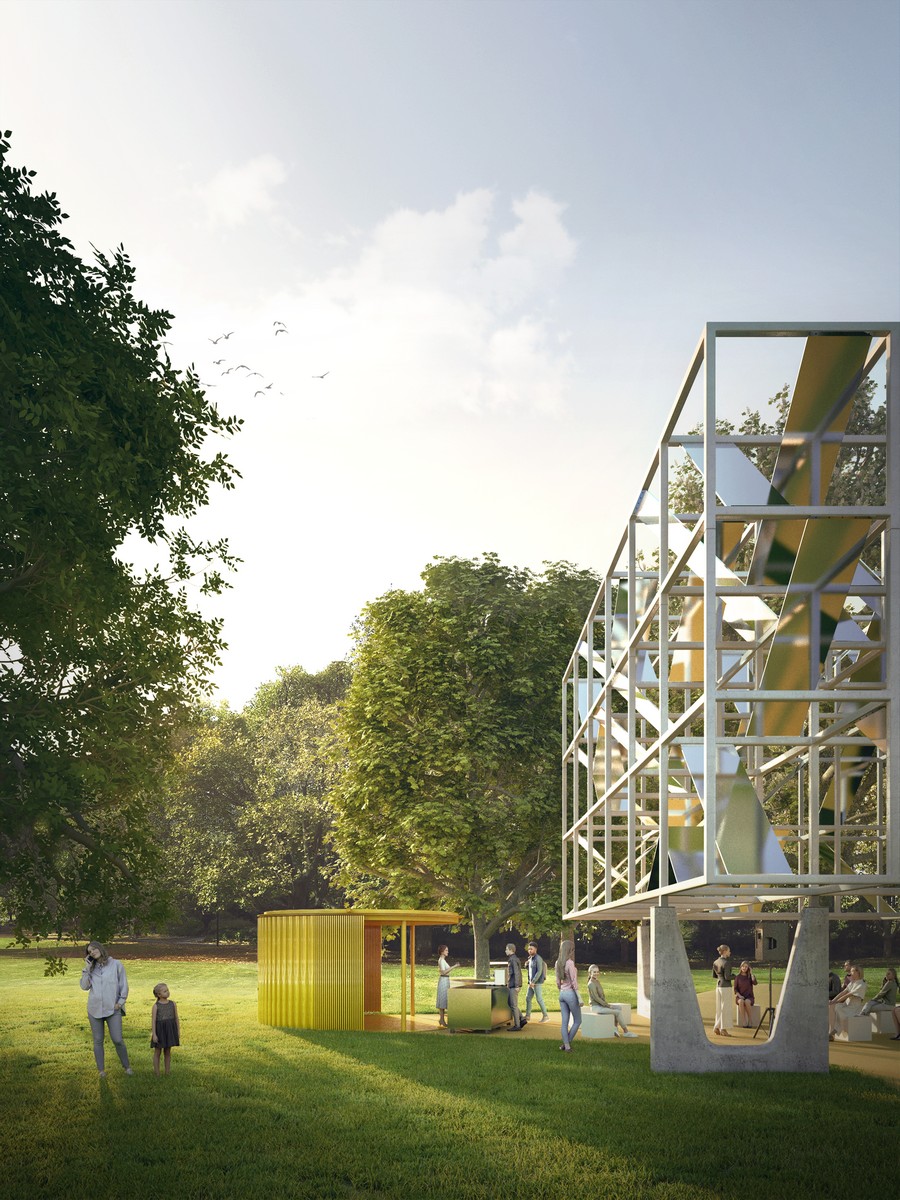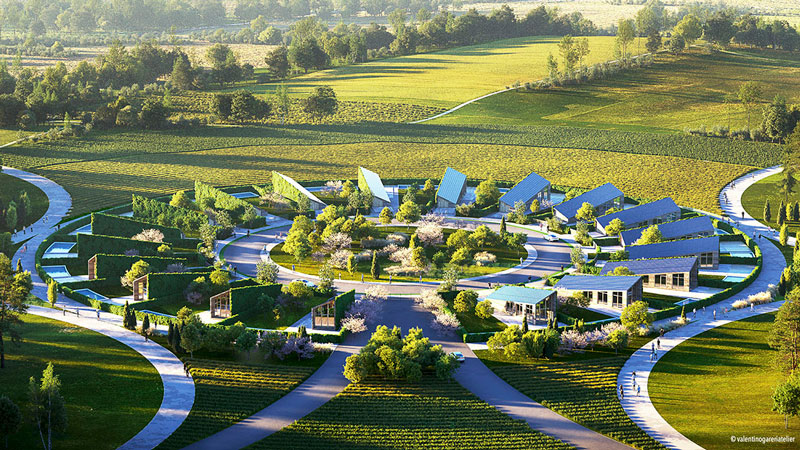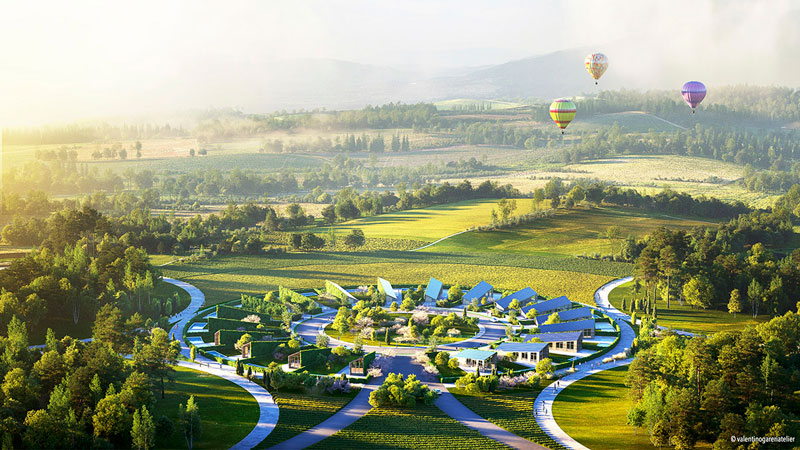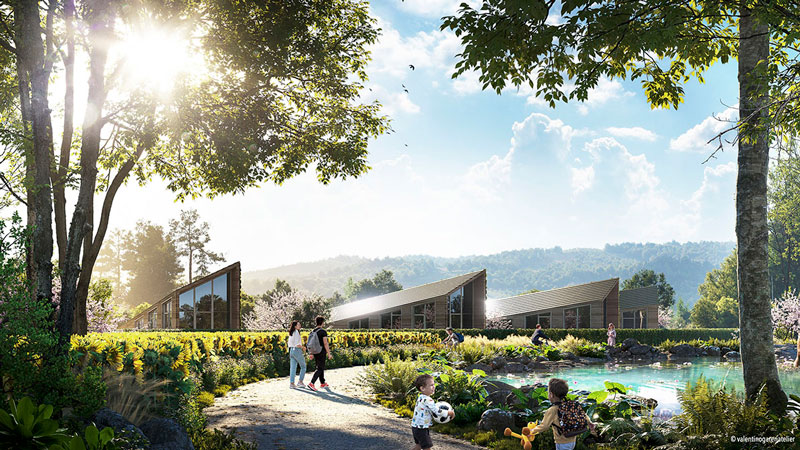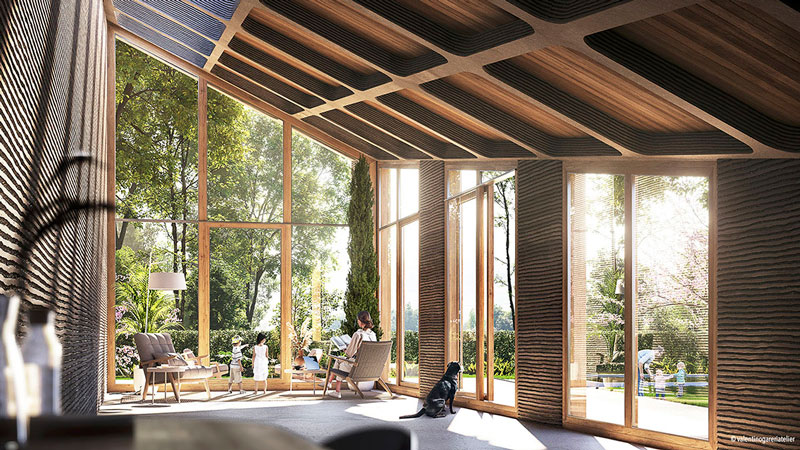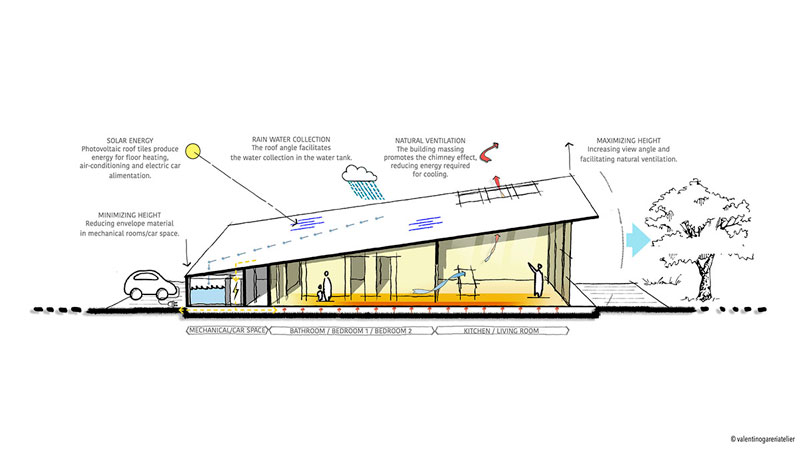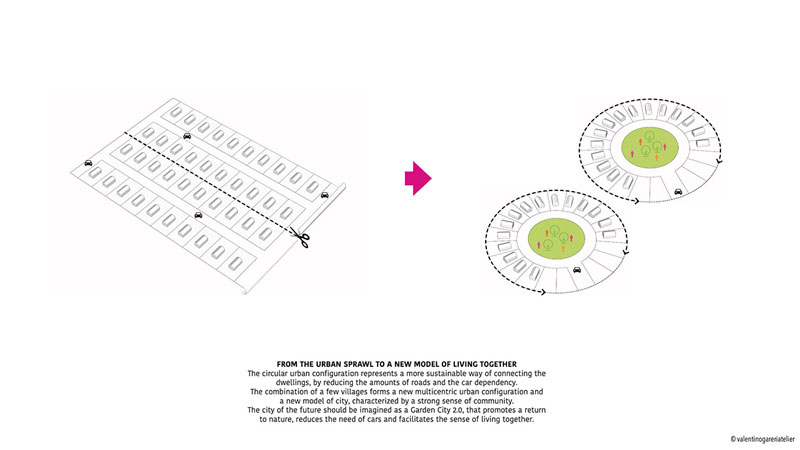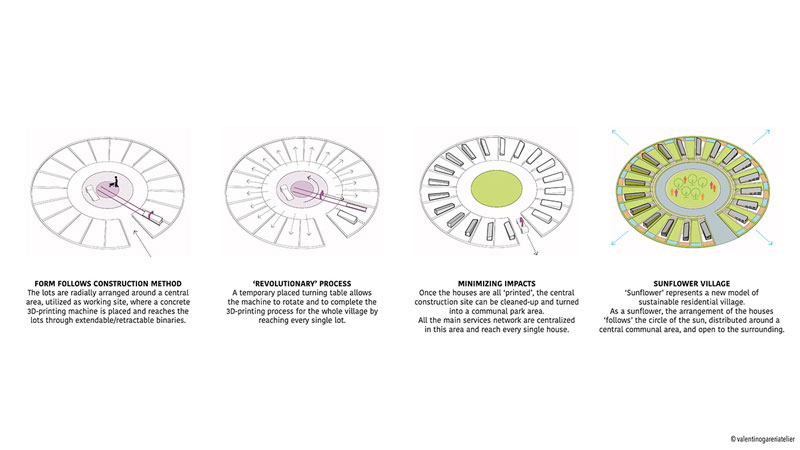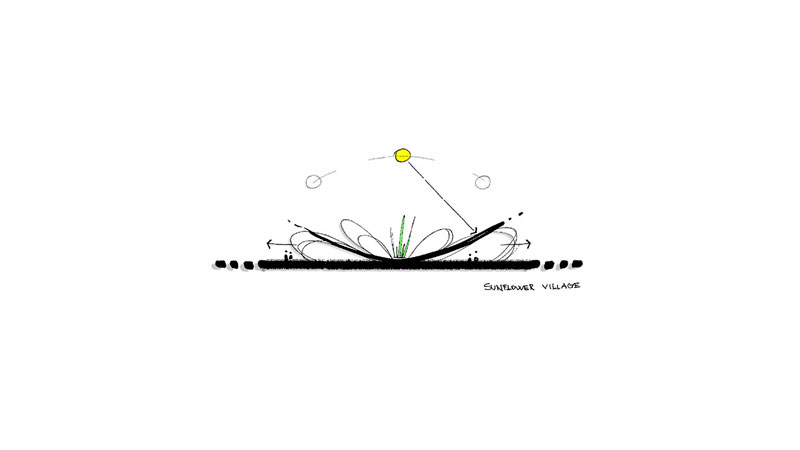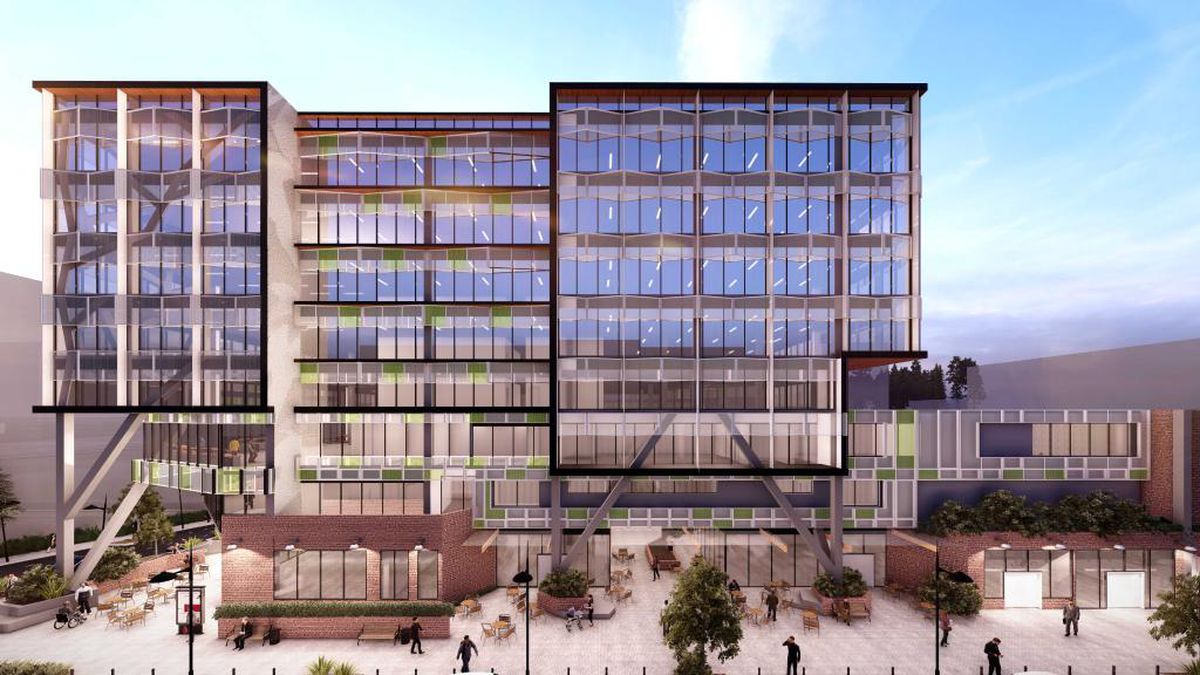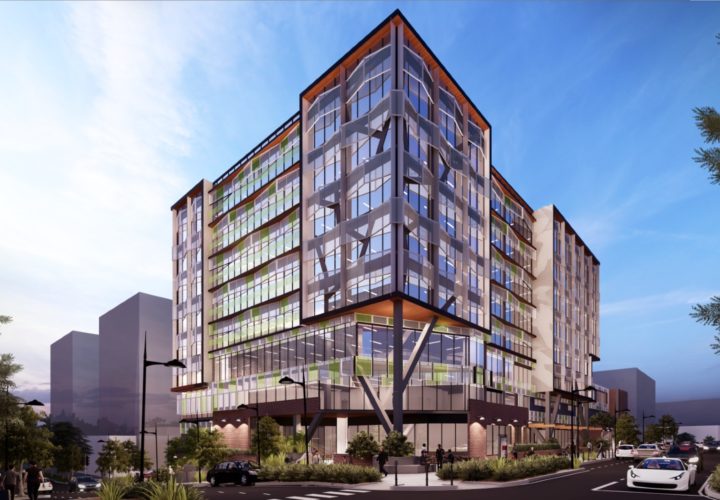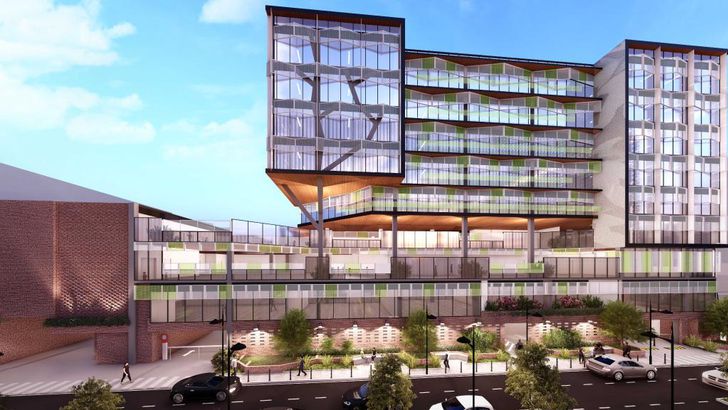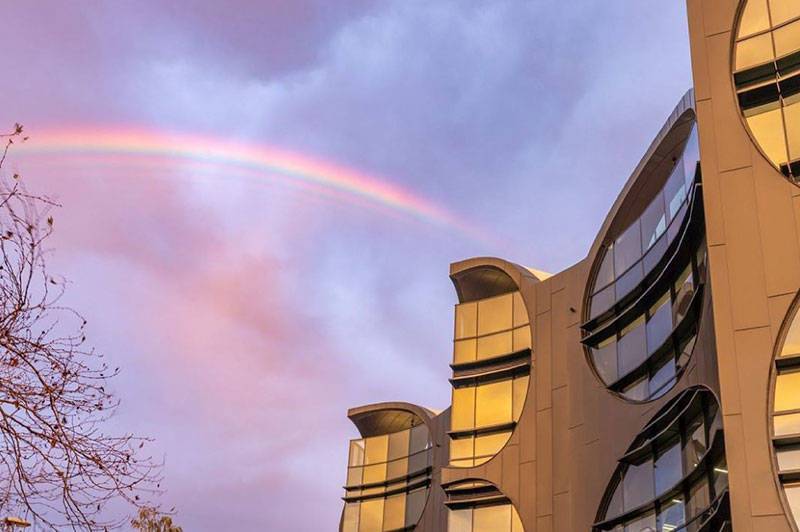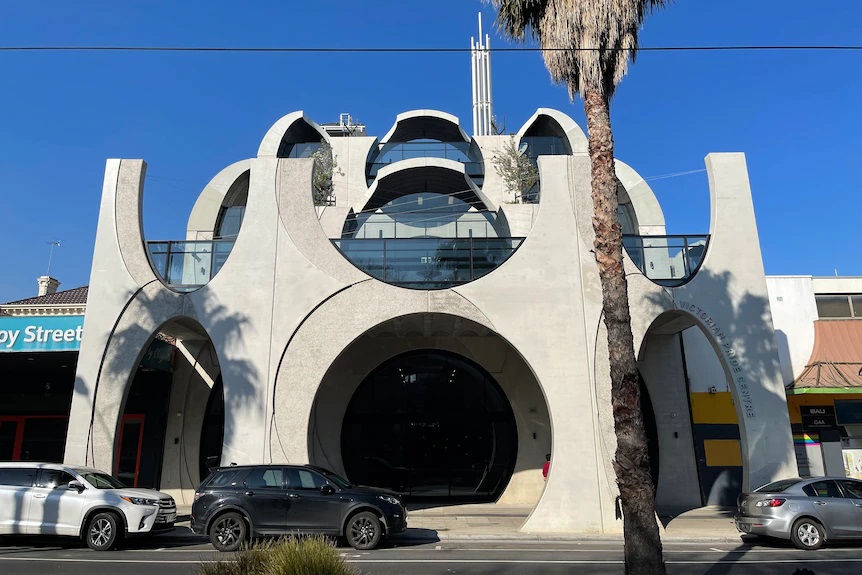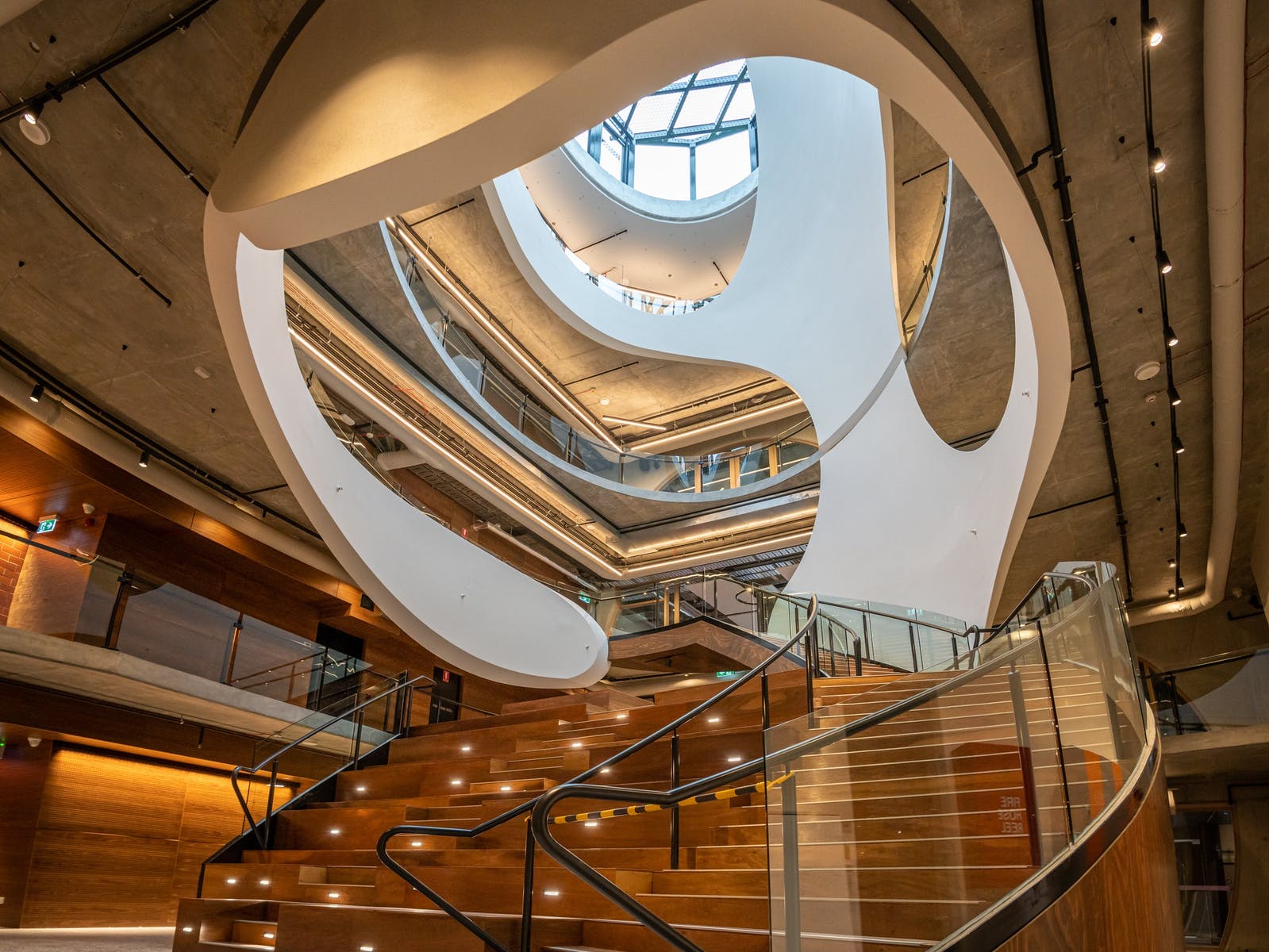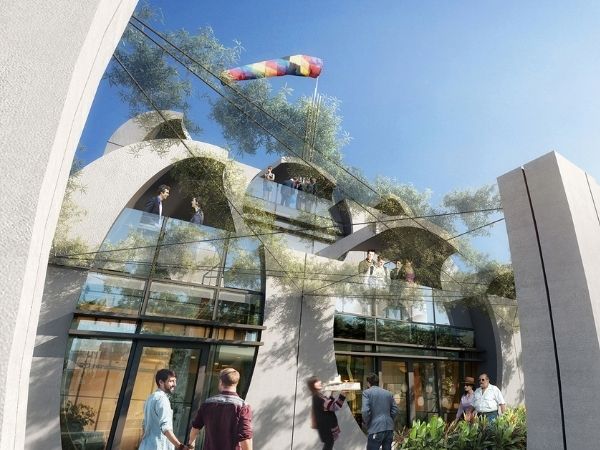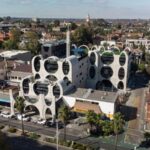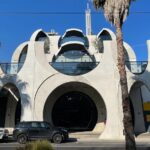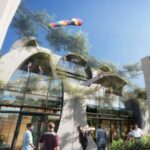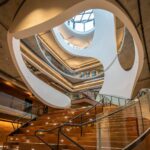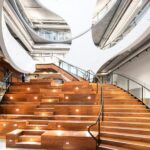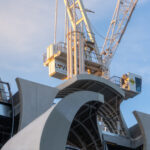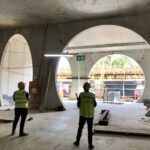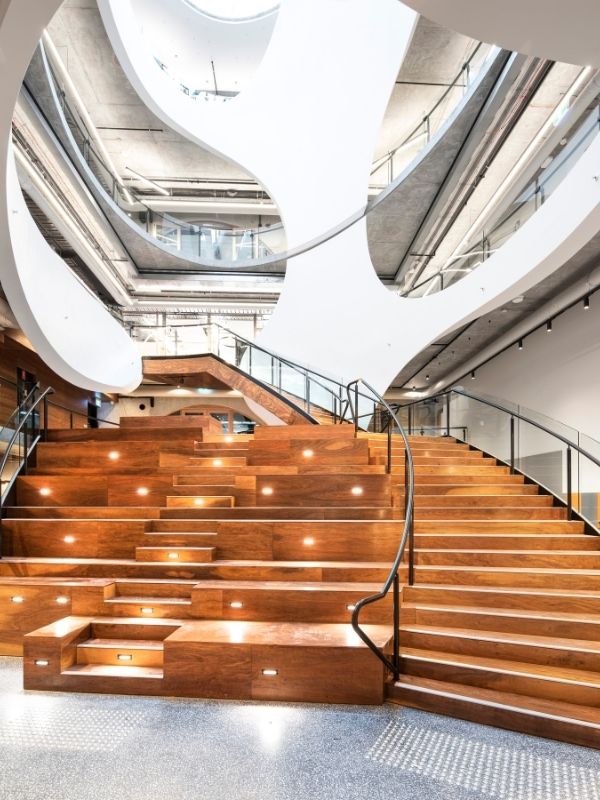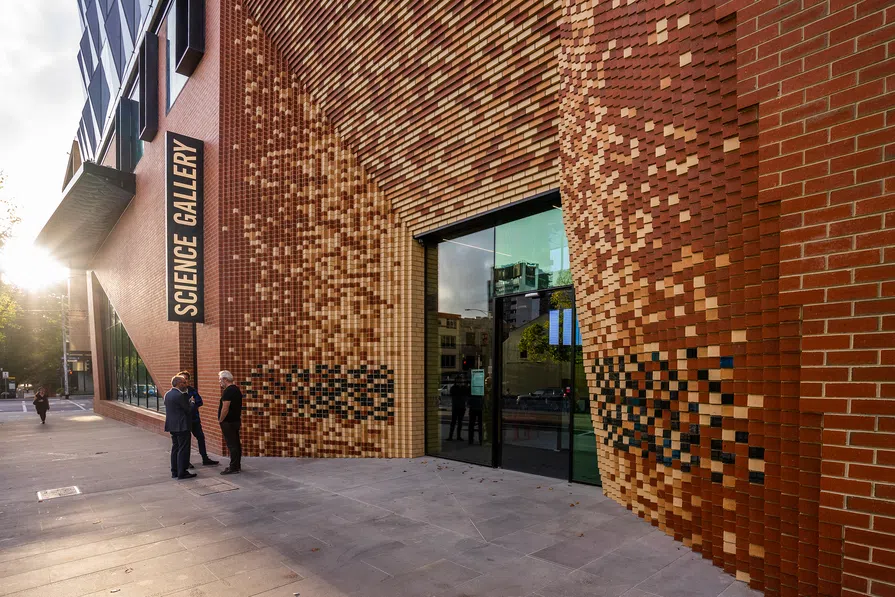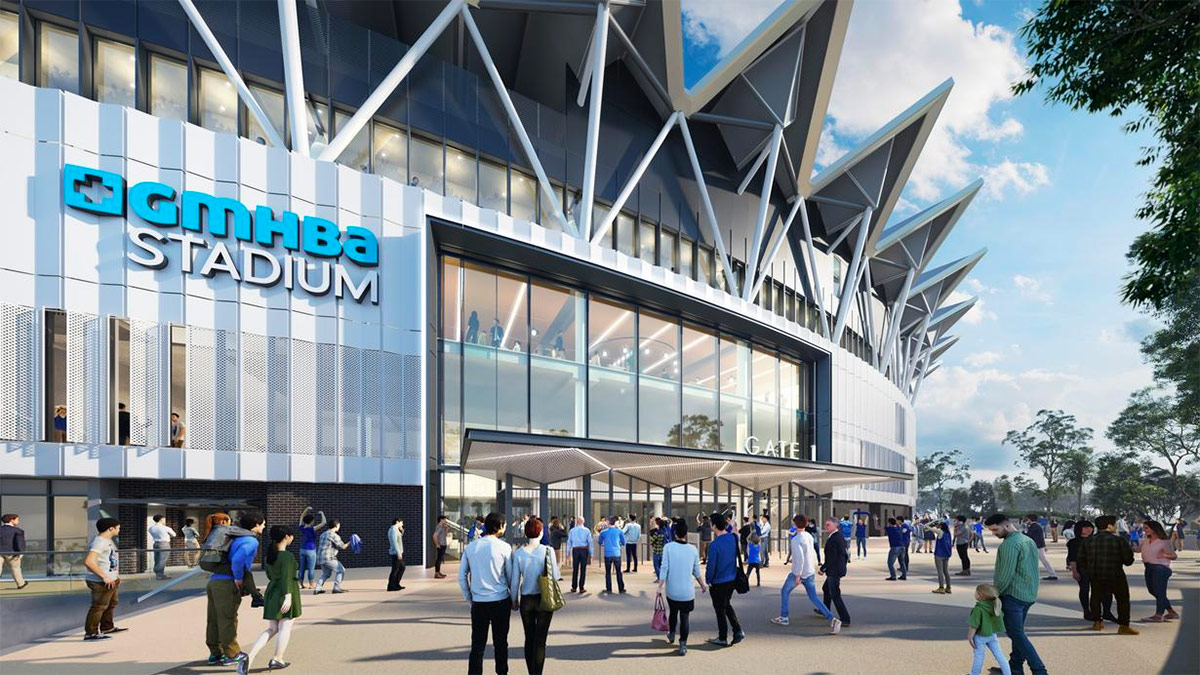
Geelong oval redevelopment underway
The fifth and final stage of the redevelopment of the Kardinia Park stadium – or GMHBA Stadium – in Geelong is set to get underway once the AFL season ends in September.
Replacing the aging Gary Ablett Terrace and the Ford Stand, the final stage will see the development of a 14,000-capacity, two-tier northern stand that will increase the stadium’s capacity to more than 40,000.
The $142 million project will also include a new northern plaza and “cricket hub” which will establish a new forecourt and entrance.
Populous and Urbis are leading the design, the same design team behind the previous stages.
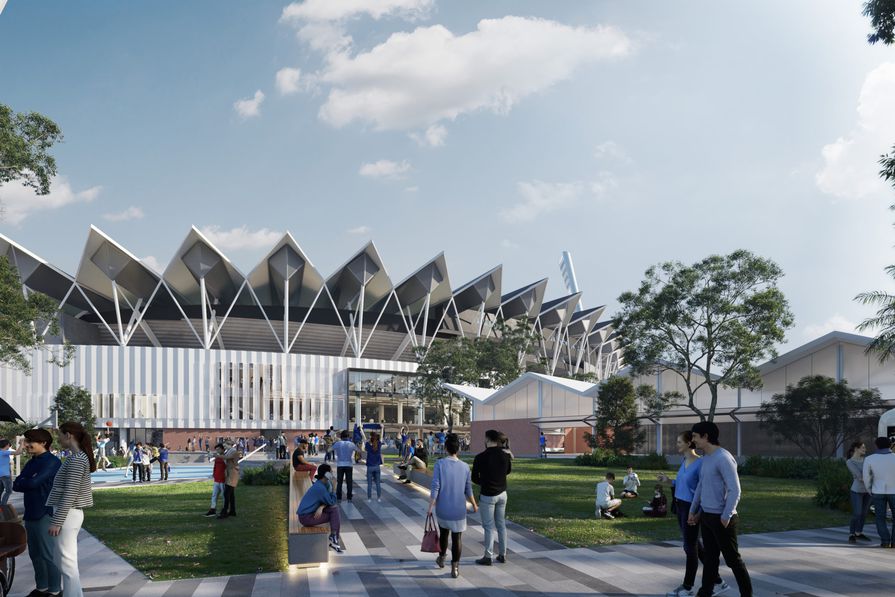
Kardina Park, or GMHBA Stadium, stage 5 redevelopment by Populous and Urbis.
The new stand will include facilities for professional and community sport, including unisex change rooms, and administration facilities for the Geelong Cricket Club.
The Office of the Victorian Government Architect praised the architectural expression of the project during the planning approval process.
“The tripartite approach breaks down the mass of the singular object and the chosen materials are working cohesively,” it said. “Given the need to tie into the existing canopy architecture, the proposed continuation of the same geometry of folds creates an elegant diagram.
As the formal gateway entrance to the stadium this aspect provides a skyline contribution and backdrop to the plaza. The exterior expression is a critical investment in design quality. The over sailing darts will have a fabulous presence and with careful up lighting on the façade, soffit and upper seating tier can create a wonderful atmosphere at night.
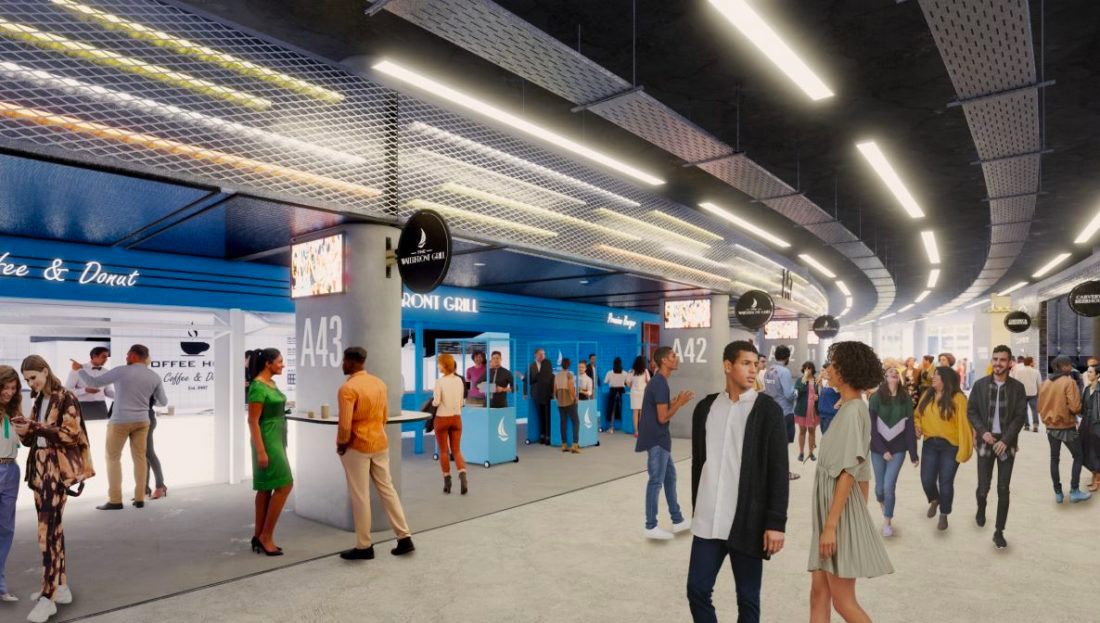
“The materiality of the base brickwork gives the stadium a solid foundation.”
Previous stages in the stadium’s redevelopment included the $26 million Hickey Stand, opened in 2005; the $30 million Premiership Stand, opened in 2010; the $47 million Players Stand, opened in 2013; and the $90 million Brownlow Stand, which opened in 2017.
The Victorian government has announced that construction firm BESIX Watpac will deliver the fifth stage.
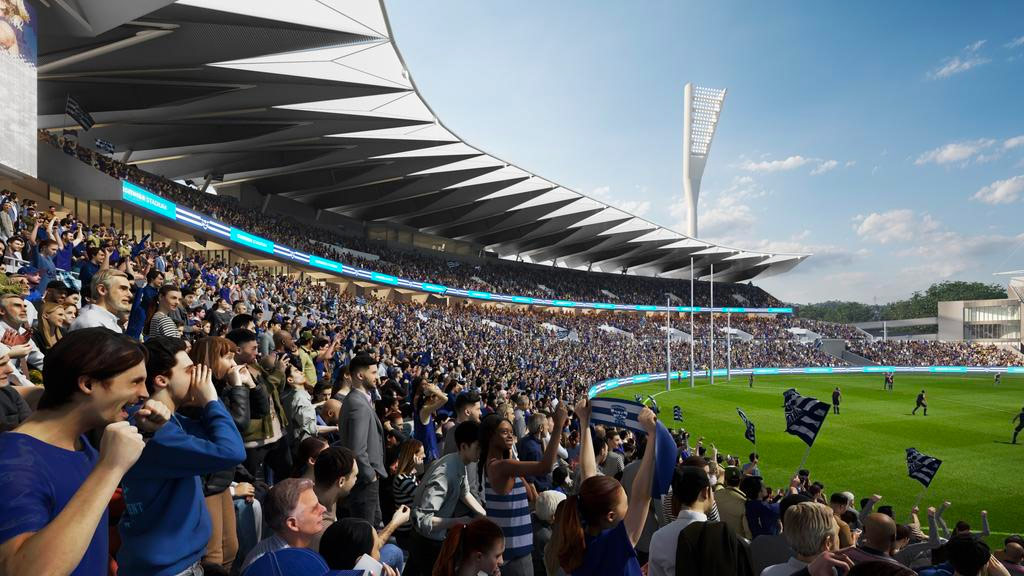
written by : ArchitectureAU Editorial
12 Aug 2021
published in : architectureau.com
Last Posts
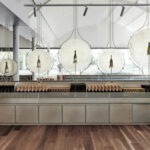
Chandon Australia by Foolscap Studio

LINA Architecture Platform Program
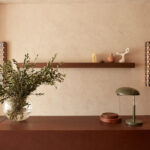
IN BED Armadale Store by Flack Studio

Host House by Splinter Society Architecture

Thomson House by C.Kairouz Architects


